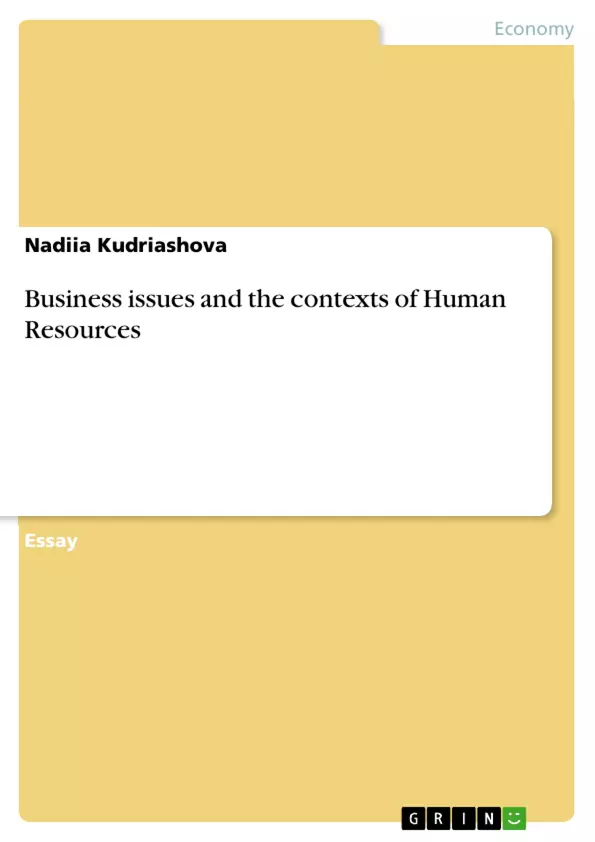The main wealth of any IT company in today's competitive environment is represented by people, their intelligence, creativity, and ability to create know-how. Therefore, a prerequisite for the successful functioning of the enterprise and its development is to ensure a high level of human resources management system. Finding, selecting, and hiring in IT company is a long and costly process. Each company strives to attract only those human resources that fully meet the goals and values of the organization. In the IT sphere, in addition to expanding the segment itself, the complexity of the tasks that professionals have to solve is increasing. In addition to the task of selecting employees and creating optimal conditions for their improvement, an important factor is the development of leadership qualities of managers. Today, not only HR and accounting (personnel accounting and payroll), but also management of staff training and development, staff selection, motivation, compensation, career, etc. are included in the sphere of HRM. Effective use of HRM techniques allows raising the motivation of employees to a new level, increasing not only the profit of the company, but also its image, enabling it to successfully enter new markets and to gain a sustainable competitive advantage.
Inhaltsverzeichnis (Table of Contents)
- Introduction
- Internal forces of HR
- HR function: impact of external factors
- Stages of strategy formulation and implementation: the role of HR
- The role of HR in business performance measuring
- The role and nature of information sources in HR practices
Zielsetzung und Themenschwerpunkte (Objectives and Key Themes)
This document aims to explore the role of Human Resources (HR) in contemporary business environments, focusing on the strategic impact of HR practices on organizational success. It examines the internal and external factors influencing HR strategies, including the impact of technological advancements, economic conditions, and changing workforce demographics.
- Strategic HR Management
- Impact of Internal and External Forces on HR
- HR's Role in Business Performance
- Developing a Culture of Productivity
- The Role of HR in Strategy Formulation and Implementation
Zusammenfassung der Kapitel (Chapter Summaries)
- Introduction: This chapter highlights the significance of human capital in the IT industry and outlines the challenges and opportunities associated with effective HR management in this competitive environment.
- Internal forces of HR: This section delves into the strategic importance of HR within an organization, exploring models such as the Five Levels of HR Contribution Model. It emphasizes the need for HR professionals to understand the strategic objectives of top executives and align their efforts with these goals.
- HR function: impact of external factors: This chapter examines the influence of external factors on HR strategies, including economic trends, technological advancements, and legal regulations. It discusses the challenges of balancing the needs of employees with the demands of organizational productivity.
Schlüsselwörter (Keywords)
This work explores key concepts such as strategic human resource management, internal and external forces impacting HR, productivity culture, organizational performance, and the role of HR in strategy formulation and implementation. It analyzes various HR frameworks and models, examining their effectiveness in the context of contemporary business needs.
- Quote paper
- Nadiia Kudriashova (Author), 2019, Business issues and the contexts of Human Resources, Munich, GRIN Verlag, https://www.grin.com/document/979225



